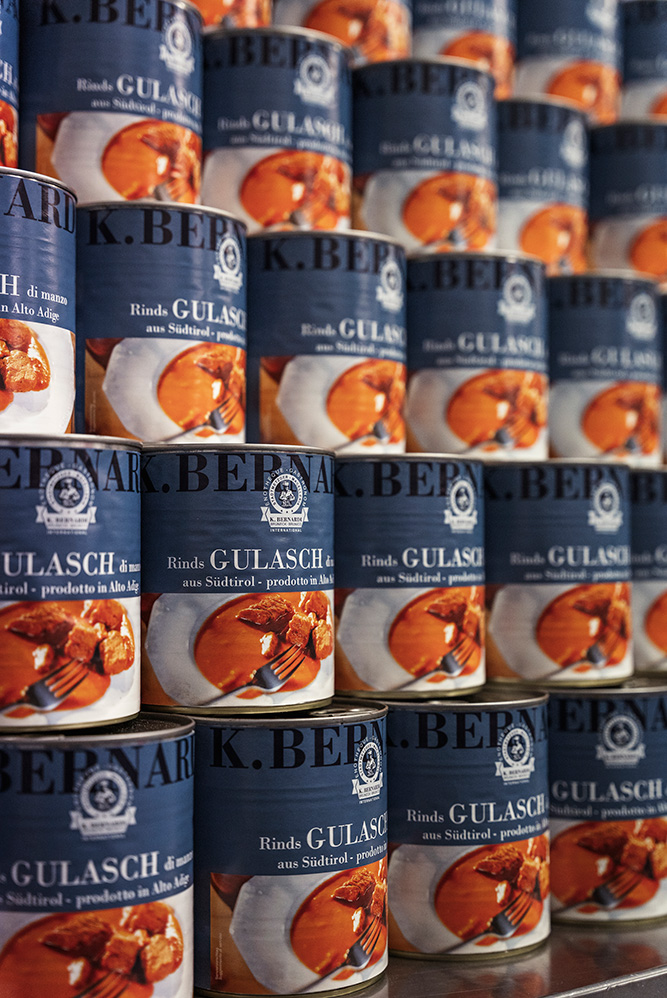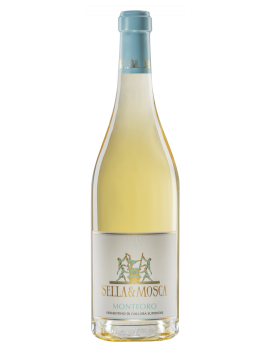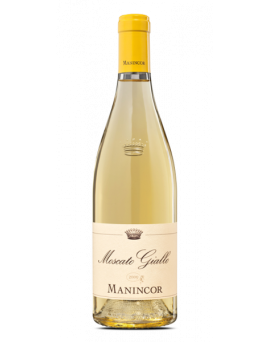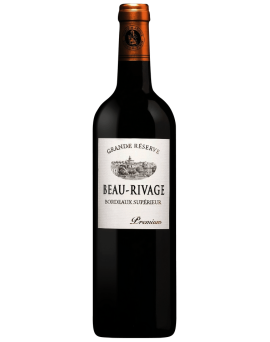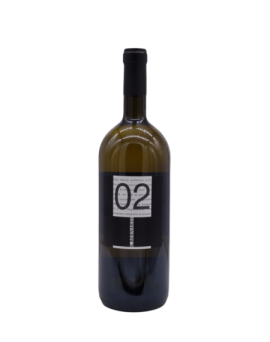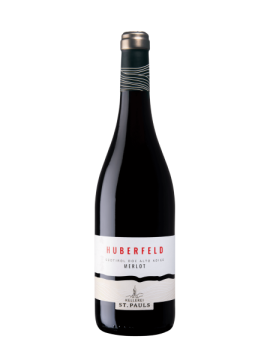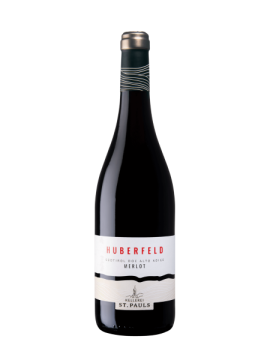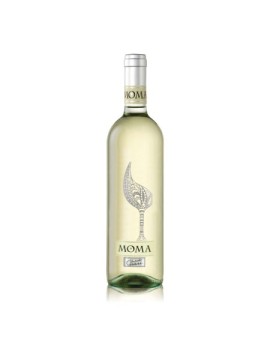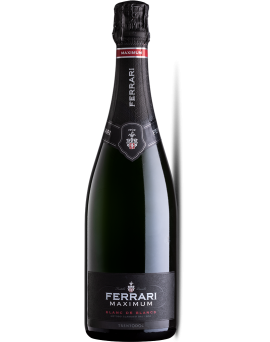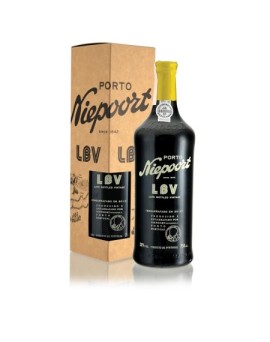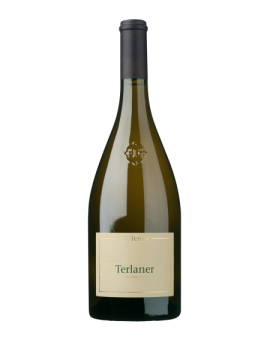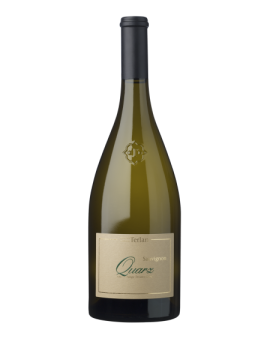Basket
0
Active filters
Moscato Giallo 2023 BIO 750ml
Grape varieties<br /><br />Goldmuskateller (Golden Muscat)<br /><br />Location & soil<br /><br />Mareit Leiten, 350 m elevation, very steep, southfacing slope with extremely long exposure to the sun and warm gravelly soil with moraine deposits. Vogelleiten und<br />Panholzer with clay-limestone gravel soil.<br /><br />Vintage<br /><br />2023 was a challenging year with climatic conditions that were anything but easy. Through hard work and meticulous attention to detail, we ultimately achieved great results.<br />Our vines coped well with both the wet spring and the hot and dry summer, and the golden autumn helped us achieve perfect ripeness. Physiolog-ical ripeness, sugar<br />ripeness and acidity are in perfect balance. Ripe fruit, cool character and moderate alcohol characterise the vintage.<br />The Golden Muscat grapes were left on the vines until the end of September for perfect maturity. The berries were a golden yellow, the aroma highly intense. At 55 hl per<br />hectare, the yield was low.<br /><br />Winemaking<br /><br />Grapes were de-stemmed and left to macerate in the press for twelve hours to enrich the juice with aroma substances and body leached from the skins. Fermentation took<br />place in oak and stainless steel tanks, partially with yeasts naturally occurring in the vineyard. The young wine was subsequently matured on the fine lees for five months to<br />enable the aromas and flavour to evolve<br /><br /><br />Data<br /><br />Residual sugar: 0.6 g/l<br />Alcohol: 12.5 % Vol.<br />Acidity: malolactic fermentation: 5.2 g/l<br /><br />Description & drinking recommendation<br /><br />Intense golden yellow in colour, this seductive wine displays a ravishing floral perfume together with nutmeg, cedar, apricot and grapey fruit supported by a streak of racy,<br />vibrant acidity.<br />Enjoy at optimum maturity from early summer in 2024 to the end of 2027.<br />Serve: lightly chilled, 46 - 50 °F<br />Delicious as an aperitif it makes a wonderful partner to spicy Chinese and Thai foods or mature hard cheeses.<br /><br />Our claim<br /><br />Biodynamic<br />Respekt-BIODYN<br />Vegan<br />
Price
€20.40
Moma 2023 Trebbiano...
MOMA BIANCO<br /><br />Tasting notes: intense, persistent with fruit notes of pear and apple. Elegant, tasty and harmonious.<br />Ideal temperature: 8/10°.<br />Food pairing: perfect with antipasti with fish as well as first courses, grilled fish and fresh, creamy cheeses.<br /><br />Organoleptic description: three grape varieties, one autochthonous - the Trebbiano - and two international - Sauvignon and Chardonnay - make for a unique wine. Three<br />perfectly balanced elements guarantee a fine and at the same time resolute result.<br /><br />Appellation: Trebbiano Chardonnay Rubicone IGT<br />Grape varieties: Trebbiano, Chardonnay, Sauvignon<br />
Price
€13.90
Magnum Maximum Blanc de...
The first, contemporary<br />The first label produced by Giulio Ferrari at the beginning of the 20th century, this is the Blanc de Blanc with its unmistakable style that captivates with its freshness and<br />fragrance.<br /><br /><br /><br />Colour and perlage<br />Bright straw yellow and remarkably persistent perlage.<br /><br />Bouquet<br />Of great intensity. The fruity notes typical of Chardonnay prelude to pleasant hints of bread crust and hazelnut conferred by the more than 30 months of ageing on the lees<br /><br />Taste<br />Fresh and with great finesse, it makes for an inviting and satisfying sip. The long finish offers nuances of citrus and mineral sensations<br />
Price
€64.40
Porto NIEPORT LBV 2019 0,75 l
<br />TYPOLOGY: Port<br />PRODUCTION AREA: Douro<br />RAW MATERIAL: Touriga Nacional, Touriga Franca, Tinto Cão, Tinta Francisca, Tinta Amarela, Sousão, Tinta Roriz and others.<br />VINIFICATION: The grapes used to produce the LBV Port come from the vineyards of Cima Corgo, an area located above the Corgo River in the Douro region. The grapes are<br />pressed in the traditional tanks called lagares, followed by maturation of the Port in large old oak vats in the cellars in Vila Nova de Gaia.<br />COLOUR: intense ruby<br />BOUQUET: Intense aroma of wild fruits, spices, notes of dark chocolate, with a slight floral profile, making it a refined and very expressive Port wine<br />PAIRINGS: perfect with desserts in which chocolate predominates, especially dark chocolate. It also goes well with cheeses such as Cheddar and Brie. Ideal with red meat<br />(fillet with pepper) and game.<br />TASTE: fresh and seductive in the mouth, with good texture and body. It has very soft tannins with good acidity, providing a long, firm, vinous finish.<br />DESCRIPTION: independent family business since 1842 Niepoort's mission is to maintain its position as a niche producer by giving continuity to its production and<br />combining centuries of tradition with innovation The importance given to the need to interpret soils, climates and vines has led Niepoort down the path of biodynamics with<br />the aim of finding the right balance between biodiversity and the least invasive intervention possible.<br />AGEING: minimum 4 6 years<br />
Price
€30.20
Magnum Terlaner klassisch...
Terlaner Cuvée 2021<br /><br />'Our historic cuvée, which has been produced since the founding of the winery, presents itself as a very complex wine thanks to the composition of the three most traditional<br />Terlan white wine varieties: Pinot Blanc, Chardonnay and Sauvignon Blanc. Pinot Blanc, which forms the main part, provides freshness and a good acid structure,<br />Chardonnay flatters with softness and warmth while Sauvignon complements the cuvée with its fine aromatics.'<br />Rudi Kofler<br /><br />Region of Origin: South Tyrol - Italy<br />DOC area: South Tyrol Terlan<br />Variety: 60%Wißburgunder,30%Chardonnay,10%Sauvignon Blanc<br />Vintage: 2021<br />Yield: 63 hl/ha<br />Orientation: South - Southwest<br />Slope: 5 - 60<br />Altitude: 280 - 700 m<br /><br />Harvest and grape selection by hand; gentle pressing and clarification of the must by natural sedimentation of the lees; slow fermentation at controlled temperature in<br />stainless steel tanks; ageing and maturation for 6-7 months on the fine lees partly in stainless steel tanks (80%) and partly in large wooden barrels (20%).<br /><br />Alcohol content: 14 % vol.<br />Residual sugar: 1,2 g/l<br />Total acidity: 6.3 g/l<br />
Price
€39.00
Magnum Sauvignon 2022 Quarz...
<br />'Our Sauvignon selection, which has been given a truly descriptive name, is as filigree as the fine quartz flecks in the volcanic porphyry rock of Terlan. Characteristic of the<br />quartz are its fine texture and depth as well as a salty reverberation, which have in the meantime brought this noble white wine international renown.'<br />Rudi Kofler<br />Wine<br /><br />Region of Origin: South Tyrol - Italy<br />DOC area: South Tyrol Terlan<br />Variety: 100% Sauvignon Blanc<br />Vintage: 2018<br />Orientation: South - Southwest<br />Slope: 10 - 40<br />Altitude: 300 - 550 m<br /><br />Vinification<br />Harvest and grape selection by hand; gentle whole bunch pressing and clarification of the must by natural sedimentation of the lees; slow fermentation at controlled<br />temperature and maturation for 9 months on the fine lees partly in large wooden barrels (50%) and partly in stainless steel tanks (50%); assemblage three months before<br />bottling.<br /><br />Technical data<br />Alcohol content: 14,0 % vol.<br />Residual sugar: 2,7 g/l<br />Total acidity: 6,8 g/l<br /><br />Recommended with food<br />An exciting accompaniment to oysters, salmon tartare or cruditè of shellfish; also to green apple risotto with cross-roasted brook trout fillet, steamed langoustines or roast<br />lamb in a herb crust with braised asparagus; mature goat's cheese.<br /><br />Character<br />Colour: Sparkling yellow-green<br />Nose: Enticingly exotic with a multi-layered fruit of mango, papaya, lime and red grapefruit but also herbal aromas reminiscent of lemongrass, lemon balm, mint and green<br />tea, this Sauvignon presents itself in the glass. In addition, it also reveals mineral flint notes combined with a hint of gooseberries.<br />Taste: An extremely interesting interplay is experienced on the palate, where the juicy fruit aromas combine with the delicate minerality to create a remarkable harmonious<br />fullness and a powerful and long finish.<br />
Price
€121.50

